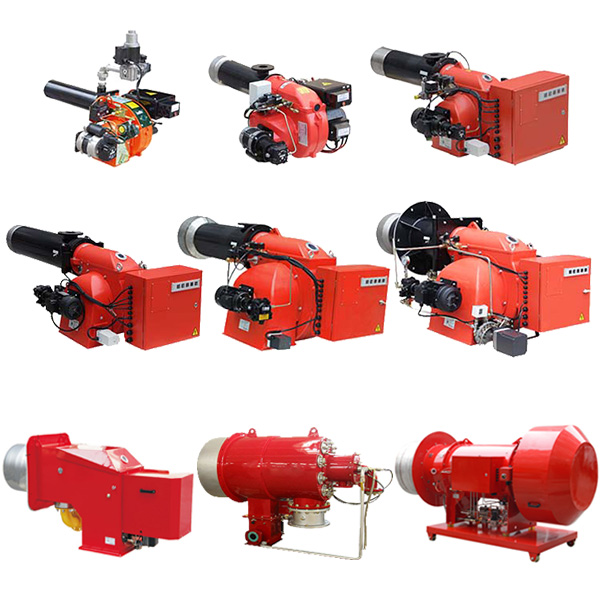
Features and uses of heavy oil burners:
Heavy oil burner is a combustion device specially designed for heavy oil with high viscosity and poor atomization performance to improve the burning performance of heavy oil. It is mainly composed of heavy oil tanks, diesel tanks, oil filters, heavy oil supply pumps, heat exchangers, and light and heavy oil switching valves. , Fuel pump, pressure regulating valve, burner and its delivery pipeline, etc.
Equipment principle: Heavy oil enters the burner in two ways, swirl oil and axial flow oil, similar to the internal and external wind of the burner. Swirl oil is distributed in a circular shape on the outside; axial flow oil is a straight cylindrical jet in the middle. When it reaches the head of the spray gun, it converges into a road and enters the kiln through the nozzle hole of the atomization plate. The atomization plate is divided into a variety of specifications according to the size of the nozzle hole. In the process of heating up and feeding, change the atomizers of different specifications as needed. The structure of the kiln end burner is the same as that of the kiln head, but the proportion of internal air is much larger than that of external air. The difference between the oil inlet pipe and the kiln head burner is that one way is for oil intake and the other way is for oil return.
Technical characteristics of the burner:
1. The flame stabilizer is used to maintain a stable vortex circulation at the root of the flame and reduce the rotation of the internal air, so that the primary air volume can be reduced by half.
2. The flame-holding hood is used to prevent the heavy oil entrained in the airflow from diverging arbitrarily to produce a brake-like effect. The flame shape history is reasonable to avoid the high temperature of the kiln head and prolong the service life of the kiln head guard iron.
3. The external clean air has an intermittent rectangular straight air jet, and it is changed to an annular gap jet after reaching the front of the burner. At the same time, the area of the annular gap is increased to extend the flame and increase the average temperature in the kiln.
4. Swirl blades are installed at the front end of the inner air duct, 2cm away from the front end of the outer air duct wall, to play the role of gathering the flame and avoid the high temperature of the kiln head. The first handle of the burner can be adjusted. The position of the swirling blade is positioned at the 6" position of the scale when leaving the factory. The adjustment range is 0} 6cm. There is no negative value. The internal wind swirl can only be pulled back to lengthen the flame.
5. The center wind blows the high-temperature gas around the nozzle and pushes it back, which not only cools the interior of the nozzle, but also cools the end face, thereby protecting the burner head and prolonging the life of the burner.